1. Knocker-Up
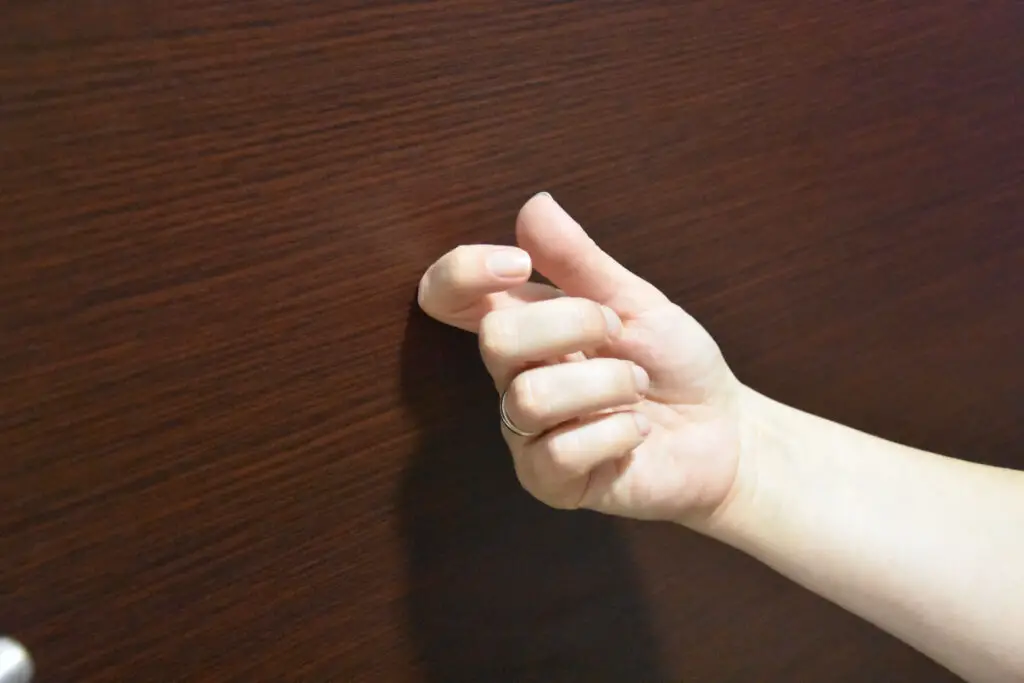
Before alarm clocks became a household item, people actually paid someone to bang on their window to wake them up. These folks were known as knocker-ups, and they used long sticks, batons, or even peashooters to tap on upper-story windows. It was a real job, mostly found in the UK during the Industrial Revolution, when being late for your factory shift could mean losing your livelihood. Some knocker-ups would work for dozens of people, making their rounds in the early hours before most of the town stirred shares BBC.
Oddly enough, there wasn’t always someone to wake them up—some just stayed up all night. The job slowly disappeared as affordable alarm clocks became more available in the early 20th century. Still, there was something kind of charming about having a personal human snooze button. Imagine trusting someone to remember your wake-up time every single morning adds GOOD Magazine!
2. Resurrectionist

Also known as “body snatchers,” resurrectionists had one seriously creepy gig. In the 18th and 19th centuries, medical schools needed cadavers for dissection, but the supply was tight and legal donations were few and far between. So these guys took matters into their own hands—literally—by digging up fresh graves and selling the bodies to schools says Wikipedia.
It was a grim but oddly necessary profession in the eyes of science, even if society frowned on it. Eventually, laws caught up and made it easier to get bodies legally, especially from unclaimed deaths. Once that happened, grave robbing was officially outlawed and the resurrectionist faded into history. Still, the thought of someone sneaking around cemeteries with a shovel and a lantern? That sticks with you.
3. Rat Catcher
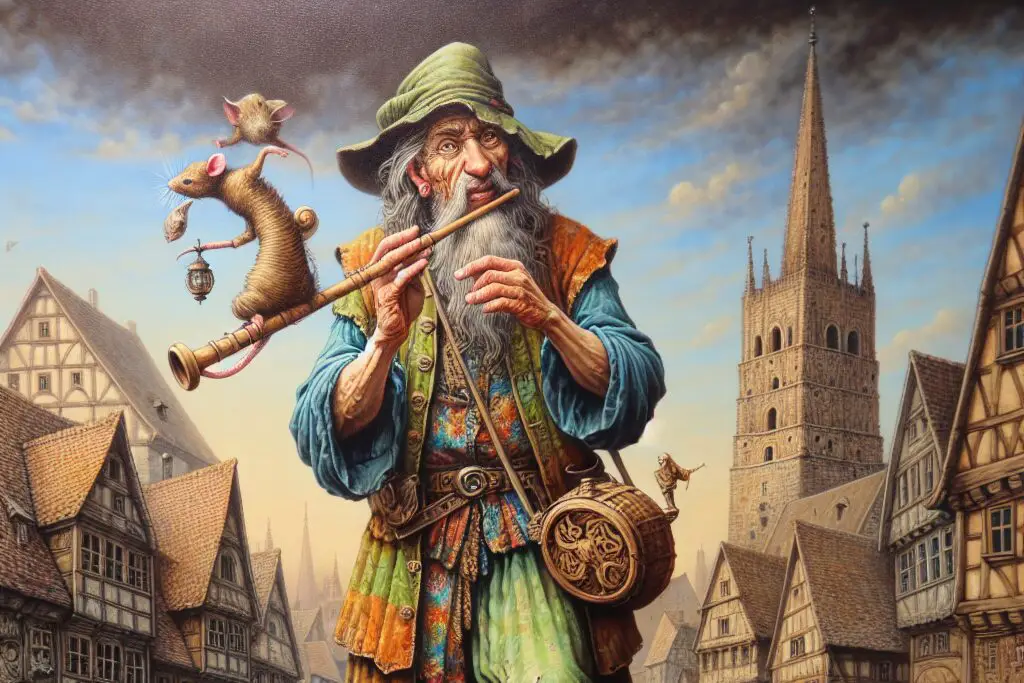
Urban centers in Europe during the 1800s had a serious rodent problem, and that meant steady work for rat catchers. These folks went crawling into sewers and poked around dark alleyways to catch rats—sometimes by hand. They often trained ferrets or small dogs to help them, which is both clever and a little wild says Reddit.
The job was risky, too, since rats carried diseases like the plague. But it was a living, and a surprisingly respected one for a while. Eventually, cities developed better sanitation systems and professional pest control took over. Still, it’s hard not to admire the guts it took to go head-to-head with a swarm of rats armed with little more than a sack.
4. Lamplighter
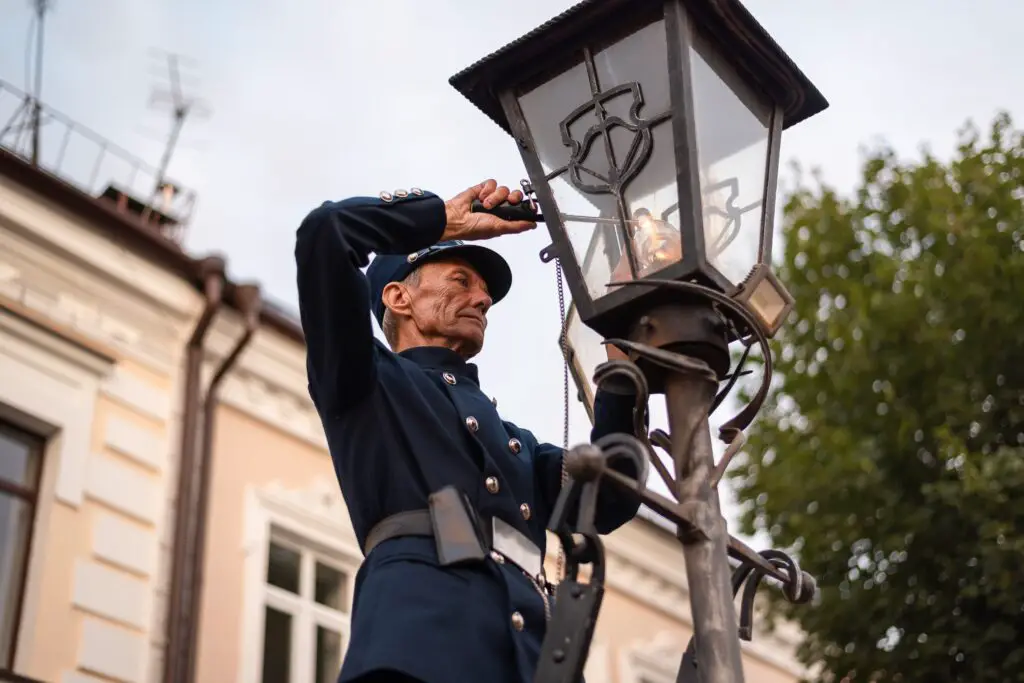
Long before electric streetlights were a thing, someone had to go around lighting all those gas lamps lining the streets. Lamplighters usually carried long poles with a flame on the end and would walk the same route every evening and morning—light them at dusk, snuff them at dawn. It was a steady, reliable job, and for some, even a bit poetic.
You might even picture them whistling a tune as they strolled along, lighting up the world one lamp at a time. But as electricity spread in the early 1900s, the need for lamplighters vanished. Today, some places still keep them around symbolically, but as a real profession, it’s gone. Hard to believe that something as simple as a light switch replaced a whole career.
5. Ice Cutter
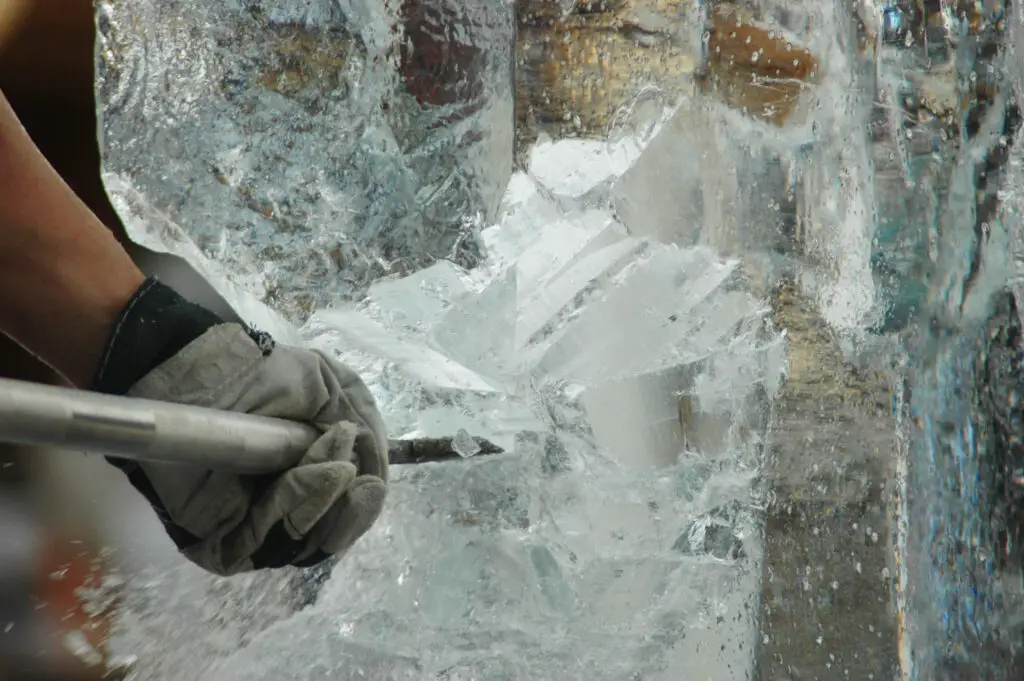
Before refrigerators, homes needed big blocks of ice to keep food from spoiling. So ice cutters would head out onto frozen lakes and rivers in the dead of winter to saw and haul giant chunks of ice. It was backbreaking work in freezing temperatures, and one slip could mean falling into icy water. These blocks were then stored in insulated ice houses and delivered to homes and businesses throughout the year.
As refrigeration tech got better and more affordable, there was less and less need for natural ice. By the mid-20th century, mechanical refrigeration had all but wiped out the ice cutter. Still, the sheer effort it took to harvest and store winter for use in July is kind of mind-blowing. It was dangerous work, but for a long time, it was essential.
6. Leech Collector

In the 19th century, medicine had some strange ideas—and one of them involved draining people’s blood using leeches. That meant someone had to go out and gather them. Leech collectors would wade into marshes or shallow ponds and let the leeches latch onto their legs, collecting them by the dozens.
Sometimes, they even used animals like old horses as bait. The job was messy, uncomfortable, and carried a high risk of infection, but leeches were in high demand. Over time, medical science moved on, and the use of leeches plummeted. While some are still used today for certain procedures, the full-time leech gatherer is long gone—and probably not missed much.
7. Gong Farmer
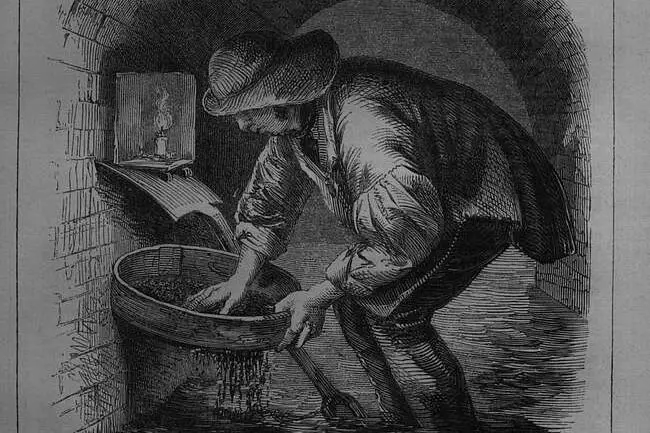
If you think cleaning your bathroom is bad, meet the gong farmer. In Tudor England, these folks were hired to remove human waste from cesspits and outhouses. It was grueling, revolting, and typically done at night to keep the smell and the workers out of sight. They’d shovel the waste into barrels and haul it away for disposal or use as fertilizer.
The stench was unbearable and the pay wasn’t much to brag about, but it was one of the few jobs always in demand. As sewer systems improved and indoor plumbing became widespread, gong farmers were no longer needed. It’s one of those professions you’re glad history left behind. Though you have to hand it to them—someone had to do it.
8. Powder Monkey
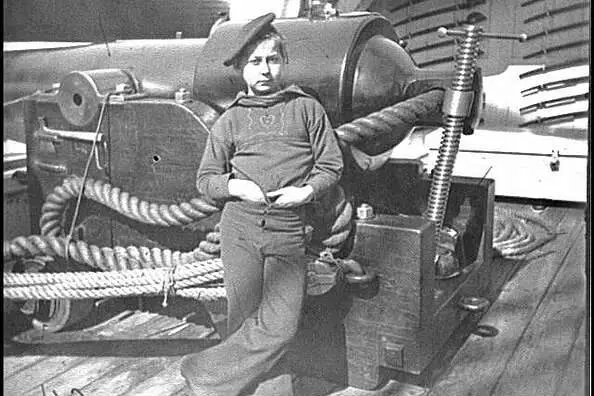
A powder monkey sounds cute, but the reality was far more intense. These were often boys, sometimes as young as 10, who worked on warships carrying gunpowder from the storage hold to the cannons. During battle, they had to move quickly and carefully, all while explosions rocked the ship around them.
The risk was enormous—a single spark or misstep could blow the whole thing sky-high. Despite the danger, many saw it as an honor or a way to move up in the Navy. But as warfare changed and ships evolved, the role disappeared entirely. Still, the bravery of those kids hauling explosives under fire is hard to fathom today.
9. Pinsetter
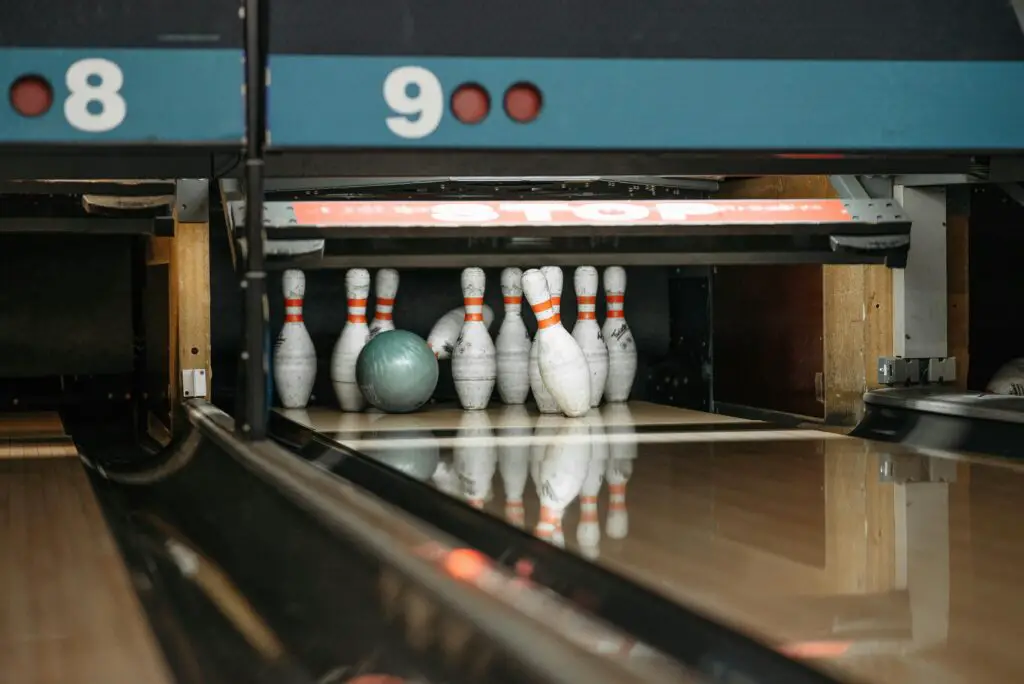
Back in the early days of bowling, there weren’t machines to reset the pins—you had teenagers for that. Pinsetters would sit or stand at the end of the lane, quickly clearing and resetting the pins between turns. The job was noisy, monotonous, and sometimes dangerous if bowlers weren’t paying attention.
It was a common after-school job for young boys in the early 20th century. But once automatic pinsetting machines came around in the 1950s, the gig was up. It’s a quirky piece of sports history, and some retro bowling alleys even simulate the experience now. Still, you can bet most kids today are just fine letting the machines take over.
10. Switchboard Operator
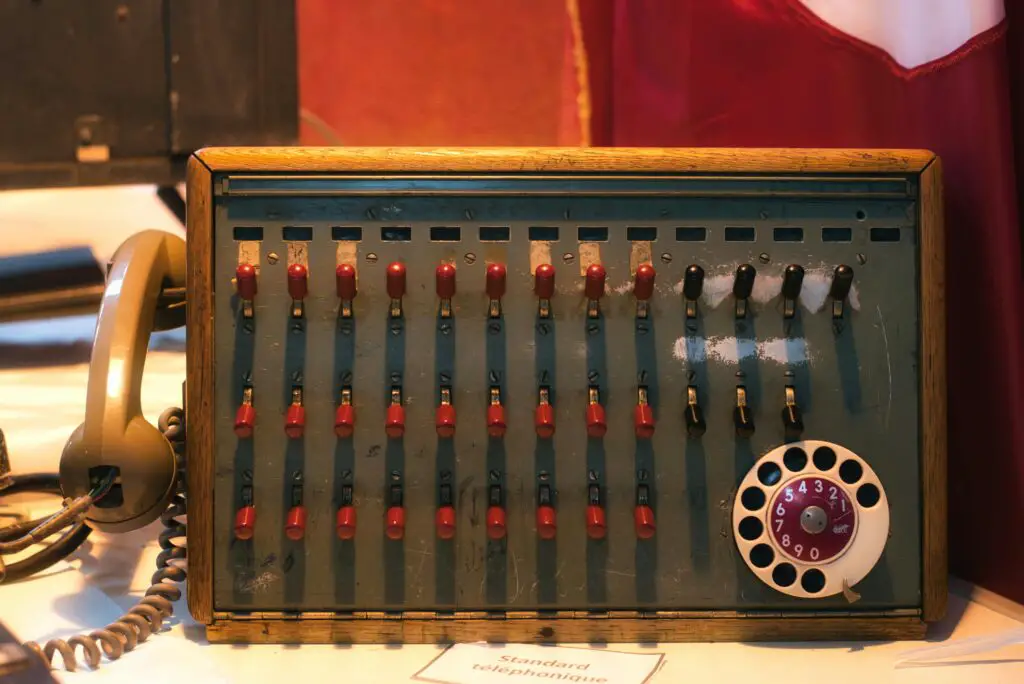
In the early days of telephones, you didn’t just dial a number—you called the operator. Switchboard operators, usually women, would manually connect your line by plugging cords into the right jacks. They worked in large, buzzing rooms filled with chatter and the clicking of switches. It required a cool head, quick hands, and excellent people skills.
As automatic dialing systems came along, the role began to fade by the 1970s. Still, for decades, these operators were the human lifeline of every call. They knew the whole town’s business, whether they meant to or not. It’s a job that was both highly visible and yet now almost completely forgotten.
11. Lector
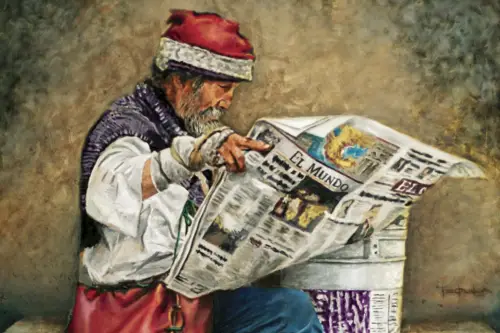
Factory work in the early 1900s was grueling, repetitive, and mind-numbing. That’s where lectors came in—people hired to read books, newspapers, or political essays aloud to workers as they toiled away. Lectors were often chosen by the workers themselves and read everything from classic literature to radical labor manifestos.
It brought culture, education, and even revolution to the workplace. Eventually, employers saw them as too influential—especially when they stirred up labor unrest—and banned them. Radios and later audiobooks filled that cultural void, but not in the same personal way. There’s something lovely about a live voice keeping your mind awake while your hands stay busy.
12. Phrenologist
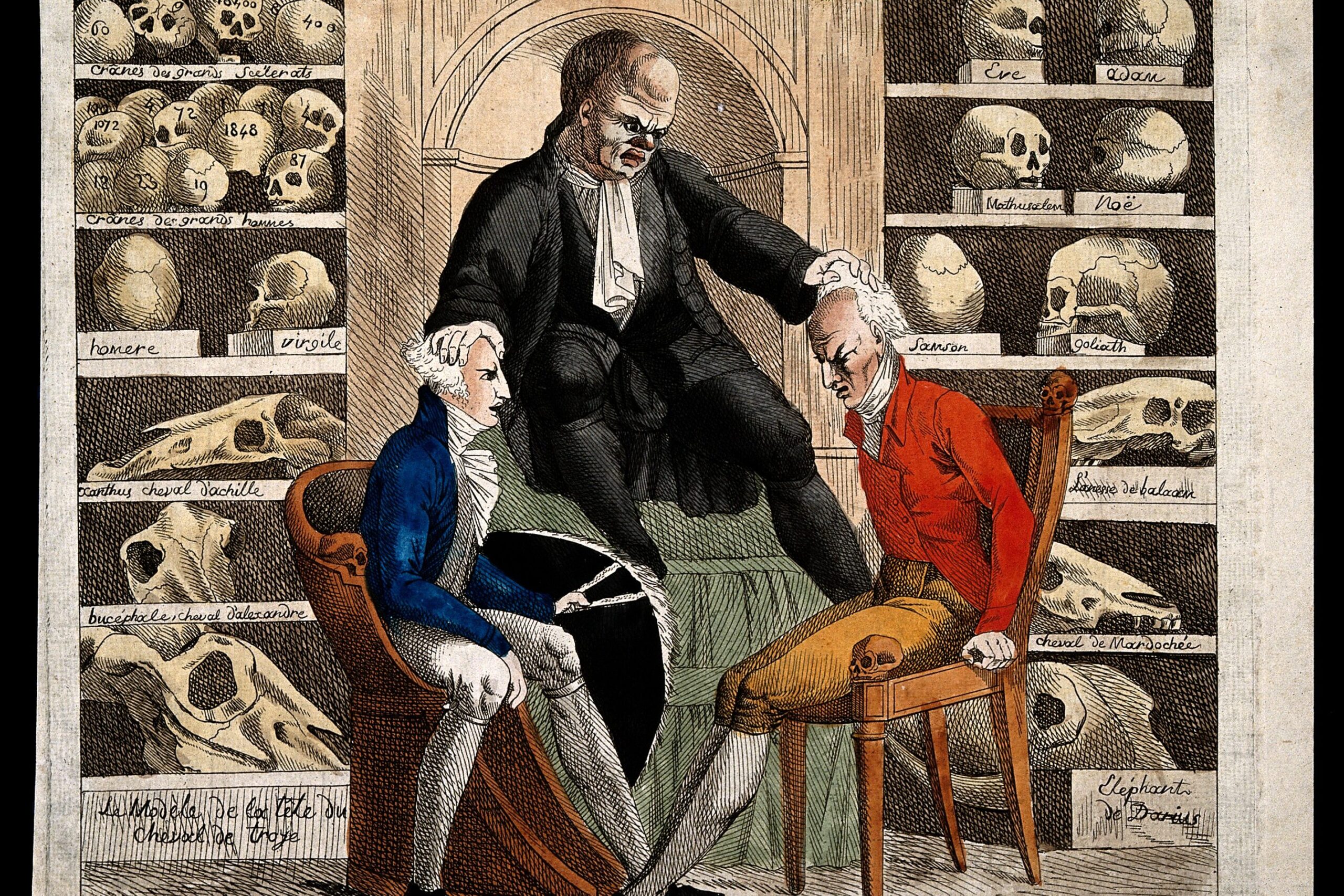
Once upon a time, people actually believed you could learn about someone’s personality just by feeling the bumps on their skull. That’s where phrenologists came in. They’d run their fingers over your head, analyze the lumps and ridges, and offer insights into your character, intelligence, and even your future.
It sounds ridiculous now, but phrenology was wildly popular in the 19th century. Eventually, science caught up and proved it was complete nonsense, leading to its decline. But during its heyday, phrenologists had clinics, books, and lecture tours. It’s a strange reminder of how far we’ve come—and how easily a pseudoscience can catch on.
